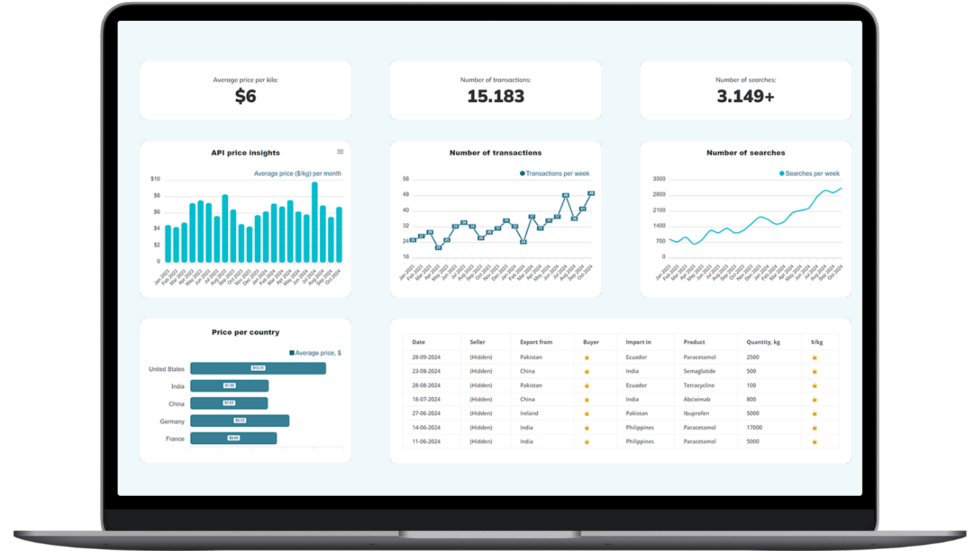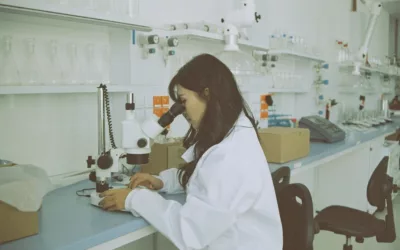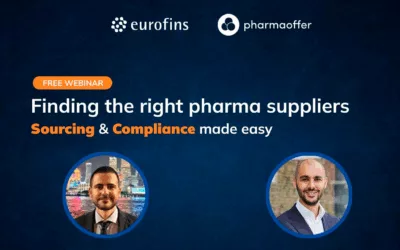How Long Does It Take to Market a New Medicine:
Understanding the Average Timeline

Alexander Doroshenko | Posted on January 10, 2024 | Updated on March 26, 2025
- Introduction
- Understanding the Stages of Drug Development
- Factors Influencing the Drug Development Timeline
- The Role of the FDA and Other Regulatory Bodies
- Global Variations in Drug Approval Processes
- The Impact of COVID-19 on Drug Development
- Future Trends in Pharmaceutical Production
- Conclusion
- FAQs
Introduction
The Journey of Pharmaceutical Innovation
In the ever-evolving world of healthcare, the development of new medicines stands as a beacon of hope and progress. Often, we hear about breakthrough drugs or revolutionary treatments, but rarely do we ponder the intricate journey these medicines undertake before reaching the patients. This article aims to unravel this complex process, shedding light on the typical timeline for bringing new pharmaceuticals to market.
Understanding the Stages of Drug Development
In the intricate world of pharmaceuticals, drug development is a multi-phase process that demands both time and precision. Let’s dissect these stages to better appreciate the effort behind each new medicine.
Initial Research and Discovery
The inception of any new drug lies in the research and discovery stage. Scientists embark on a quest to understand diseases at a molecular level, identifying potential targets for new drugs. This phase, driven by a blend of scientific curiosity and rigorous research, can span several years. It’s a period of exploration where potential compounds are synthesized and assessed for their feasibility in treating specific conditions.
Preclinical Testing
Following discovery, potential drugs enter the preclinical testing phase. This involves laboratory and animal studies to gauge safety and efficacy. Researchers scrutinize how the compound behaves in a biological system, its toxicity levels, and the appropriate dosage. Preclinical testing, crucial for filtering out non-viable candidates, typically takes 1-2 years.
Clinical Trials – Phase I to Phase III
The promising candidates then proceed to clinical trials, which are subdivided into three phases:
- Phase I: Focuses on a drug’s safety profile in a small group of healthy volunteers.
- Phase II: Expands to a larger patient group to assess efficacy and further evaluate safety.
- Phase III: Involves thousands of participants, providing comprehensive data on effectiveness and monitoring adverse reactions.
Each phase can take several years, and not all candidates make it through to the next phase. The clinical trial stage is often the longest and most resource-intensive part of drug development.
For a comprehensive guide on everything related to API clinical trials, including preclinical and post-marketing surveillance, consider reading our in-depth article ‘From preclinical trials to post marketing surveillance; everything you need to know about API clinical trials.
Regulatory Review and Approval
Once a drug successfully navigates clinical trials, it enters the regulatory review stage. In the United States, the Food and Drug Administration (FDA) scrutinizes the clinical trial data, weighing the drug’s benefits against its risks. This process can take up to two years. Approval by the FDA or its international counterparts marks a significant milestone, allowing the drug to be marketed and sold.
Post-Marketing Surveillance
The journey doesn’t end with approval. Post-marketing surveillance is crucial for monitoring the drug’s performance in the general population. This phase helps identify any long-term side effects or rare adverse reactions not evident during clinical trials.
Factors Influencing the Drug Development Timeline
The timeline for developing new medicines can vary greatly, influenced by several factors:
Regulatory Challenges
Navigating the complex regulatory landscape can be a significant hurdle. Different countries have varying requirements, and changes in regulatory policies can impact the approval process.
Technological Advancements
Advancements in biotechnology and pharmaceutical sciences can expedite certain stages of drug development. For example, AI and machine learning are increasingly used to predict drug efficacy and safety, potentially shortening the research phase.
Investment and Funding
The financial aspect of drug development cannot be overstated. Sufficient funding is necessary for each stage, and financial constraints can delay progress.
Ethical Considerations
Ethical issues, particularly in clinical trials, can also affect the timeline. Ensuring patient safety and adhering to ethical standards is paramount, but these considerations can prolong the trial phase.
For a deeper exploration of this topic, including some of the major ethical controversies the industry faces, read our article ‘The Top 5 Ethical Controversies in the Pharmaceutical Industry.‘

Make Smarter API Decisions with Data
Access exclusive insights on global API pricing, export/import transactions, competitor activities and market intelligence.
The Role of the FDA and Other Regulatory Bodies
Understanding the role of regulatory bodies like the U.S. Food and Drug Administration (FDA) is pivotal in the drug development process. These organizations are gatekeepers, ensuring that any new medicine is safe and effective for public use. Their rigorous evaluation process involves scrutinizing the data from clinical trials, manufacturing practices, labeling, and potential market impact. The FDA’s decision-making process balances the need for swift access to new treatments against the imperative of safeguarding public health, a task often as complex as the science behind the drugs themselves.
For a deeper understanding of the FDA and its functions, refer to our detailed article, ‘Food and Drug Administration: What is the FDA?‘
Global Variations in Drug Approval Processes
The journey to market varies significantly across different countries. While the FDA is a key player in the United States, other countries have their own regulatory authorities, like the European Medicines Agency (EMA) in Europe. These bodies have their own sets of rules and timelines, which can influence how quickly a drug becomes available globally. For instance, a drug approved in the USA might still be under review in another country. This variation necessitates a strategic approach by pharmaceutical companies to navigate these diverse regulatory landscapes.
The Impact of COVID-19 on Drug Development
The COVID-19 pandemic has brought unprecedented challenges and changes to the pharmaceutical industry. On one hand, it has accelerated certain aspects of drug development, like the rapid development and approval of COVID-19 vaccines. On the other hand, it has caused delays in other drug trials due to logistical challenges and shifted priorities. The pandemic has underscored the need for agility and adaptability in the face of global health crises.
Future Trends in Pharmaceutical Production
Looking ahead, several trends are poised to shape the future of pharmaceutical production. Personalized medicine, driven by advancements in genomics, is likely to become more prevalent, tailoring treatments to individual patient profiles. Additionally, digital technologies, such as AI and big data, are expected to streamline drug development, making it more efficient and potentially quicker. These innovations, along with a growing focus on sustainability and ethical production, are set to redefine the landscape of pharmaceutical production.
Conclusion
The Road Ahead for Medicine Development
The journey from a drug’s conception to its arrival in the market is a testament to the blend of science, perseverance, and innovation that characterizes the pharmaceutical industry. While the path is fraught with challenges and uncertainties, the end goal of improving human health continues to drive this vital work forward. As we look to the future, the industry’s ability to adapt, innovate, and collaborate will be crucial in meeting the evolving health needs of our global community.
How long does it typically take for a new drug to be approved?
On average, it takes about 10 to 15 years for a new drug to go from initial discovery to the market.
Why are DMFs important in the pharmaceutical industry?
DMFs are crucial for ensuring regulatory compliance, maintaining drug safety and quality, and protecting proprietary information.
To understand more about what a DMF entails, read our detailed article on 'Drug Master File: What is the DMF?'
How has COVID-19 impacted drug development?
COVID-19 has both accelerated certain aspects, like vaccine development, and caused delays in other drug trials.
What role does technology play in modern drug development?
Technologies like AI, big data, and genomics are increasingly vital, making drug development more efficient and personalized.
Why do different countries have varying timelines for drug approval?
Different regulatory bodies have their own rules and processes, leading to variations in approval timelines across countries.






Check out all other blogs here!